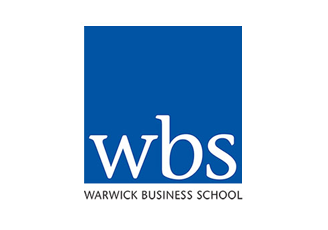Innovation by design.
Good design is a delight. But the potential role of designers goes well beyond improving the functional or aesthetic aspects of a product. Research on design thinking has suggested there should be a design leadership effect when designers lead rather than contributing to firms’ innovation processes. But how big is this effect? Until now we had little idea. Our new research suggests that design leadership of the process of developing new products can double their impact on firms’ sales.
Previous case studies of individual manufacturing firms have suggested there are four main ways in which designers are used in innovation processes.
- Designers can be used as in their traditional role in shaping the aesthetic aspects of a new product. Around 1:5 innovating firms use designers like this.
- Second, designers can be involved in multi-functional development teams playing a ‘bridging’ role between the different stages of the innovation process. Around 1:3 manufacturing firms fall into this group.
- Third, designers can lead the innovation process. Here, designers are involved in all stages of the innovation process from the conception of a new product, through development to the formulation and implementation of marketing strategies. This occurs in around 4 per cent of firms.
- Fourth, many innovating firms – around half – do not actually involve designers in their innovation process in any way. Typically, these firms are smaller and focussing on imitation – copying others new products – rather than doing something really new.
We analysed the experiences of 1,300 manufacturing firms and their designers in helping them to develop new products.
It turns out that firms working with designers in any role had a level of innovative sales around 10 per cent higher than those with no design input. But where larger firms had designers leading their innovation activity innovative sales were 20 per cent higher. In other words, in larger firms the design leadership effect is equal in size to the benefits of the more aesthetic effects of design.
Design leadership remains the exception rather than the rule, however. For those firms currently using designers in more traditional areas there is clearly potential value in extending design thinking throughout the innovation process. For other firms innovating without design support our evidence suggests that outcomes can be improved both by engaging with designers in both aesthetic and leadership roles.
For many designers effectively fulfilling a role as an innovation leader poses a cultural challenge in seeing ‘design’ as a business rather than as an artistic or aesthetic process. Design education may also need to evolve to equip designers to play this type of leadership role.
Stephen Roper.
Please noted that the views expressed in this blog belong to the individual blogger and do not represent the official view of the Enterprise Research Centre, its Funders or Advisory Group.














